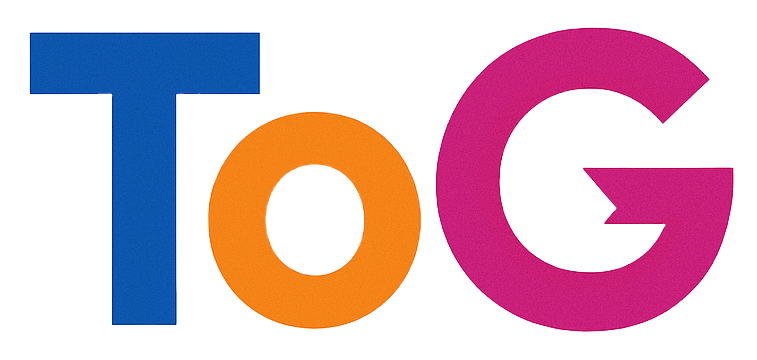Optimizing Your SEO Strategy: Understanding Disavowed Links and Improving Rankings for Your E-commerce Store
Introduction
Running a successful e-commerce store in the pet niche requires a solid Search Engine Optimization (SEO) strategy. While building backlinks and creating quality content are vital, SEO can sometimes be complex, especially when dealing with toxic links that may hinder your site’s performance. If you’ve disavowed harmful backlinks but still see them in Google Search Console (GSC), you might be wondering about the timeline for Google’s updates or what other factors could be affecting your rankings. This article aims to provide clarity on these issues and offer practical advice to help improve your search engine standings.
Understanding Disavowed links and Google’s Response
Disavowing links is a common SEO practice to inform Google that certain backlinks should not be considered as endorsements or ranking factors. After submitting a disavow file, many website owners expect immediate results; however, the process can vary.
Typical Timeline for Disavowal Reflection
The time it takes for Google to process disavowed links can range from a few weeks to several months. Generally:
- Initial Processing: Google may begin reflecting the impact within a few weeks, especially if your site is crawled frequently.
- Delayed Updates: Complete processing can take up to 3-6 months, particularly if your site has a lower crawl rate or if the links are from less frequently crawled pages.
It’s important to note that disavowing links does not guarantee immediate ranking improvements. Instead, it helps prevent toxic links from negatively influencing your site’s SEO over time. Persistence and patience are key.
Factors Influencing the Effectiveness of Disavowal
- The accuracy of your disavow file in identifying all toxic links.
- Google’s crawl schedule and how often your site is revisited.
- Other technical SEO issues or content-related factors affecting rankings.
Diagnosing and Enhancing Your SEO Performance
Apart from toxic backlinks, several other elements could be impeding your progress toward page one, especially for low-difficulty, long-tail keywords that are within your reach. Consider the following areas:
-
Content Quality and Optimization
-
Ensure your blog posts and product pages are comprehensive, engaging, and aligned with user intent.
- Use relevant keywords naturally, including long-tail variations.
-
Improve meta descriptions, header tags, and internal linking to enhance on-page SEO.
-
Site Technical Health
-
Check for crawl errors, broken

